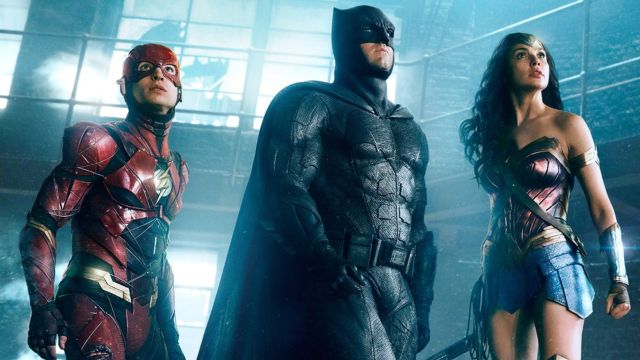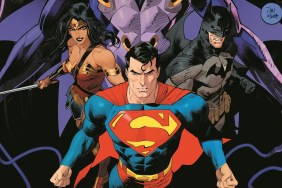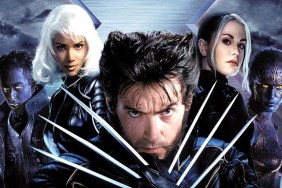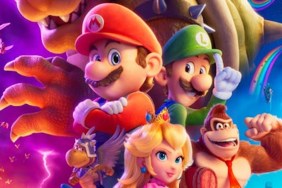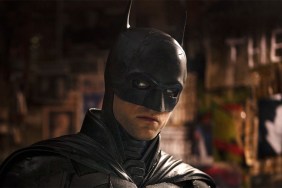When it comes to superhero movies, creating convincing visual effects are critical to selling the illusion. With visual effects becoming more prominent in modern blockbusters, audiences are becoming more adept at spotting bad effects. Nowadays, it seems that effects heavy movies have to work increasingly hard to make sure that they remain convincing. As a result, it’s to the point where literally dozens of VFX houses are required to finish an effects-heavy movie.
It’s often said that a good effect is one that you don’t notice. While this is certainly true most of the time, it isn’t necessarily always the case with the superhero genre. The majority of these movies are – by their very nature – inherently dependent on bringing outlandish elements to life. Interestingly enough, movies that lean towards mostly practical elements with digital augmentation often hold up the best.
So what makes for a bad visual effect? Is it the animation, compositing, lighting, texturing or color grading? These are all important factors in creating a good VFX shot. But the success or failure of a movie’s effects ultimately comes down to one factor – time. Here are 5 superhero movies that were ruined by bad visual effects.
Green Lantern (2011)
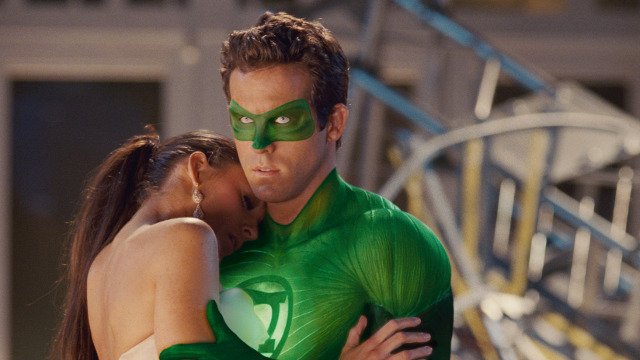
Green Lantern was always going to be a tough movie to make, especially in terms of creating convincing visual effects. Sometime during pre-production, it was decided that Hal Jordan’s suit would be entirely computer generated – including his mask. As a result, the amount of visual effects work exponentially grew, eventually encompassing over 1,300 shots in total. Every shot of the character in costume had to be augmented with multiple layers of animation along with motion capture to create the finished effect.
Despite years of development beforehand, the movie was forced to hire additional VFX vendors, adding $9 million to the budget. Although the film did make its intended release date, Green Lantern’s effects were also dated before it was even released. Indeed, the digital mask does look a bit weird and there should have been some sort of practical element. Ultimately however, the biggest issue with the film’s effects is that overall they end up looking much like a video game cut scene.
Hulk (2003)
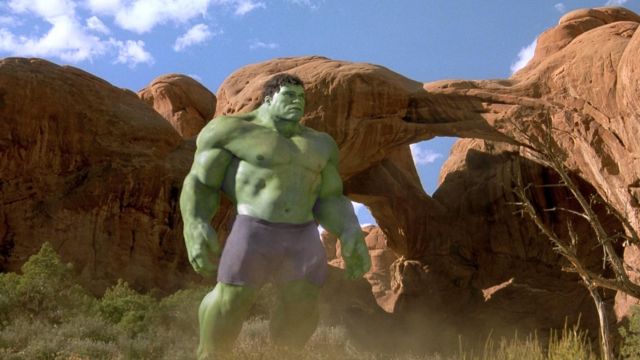
Ang Lee’s 2003 interpretation of the beloved Marvel character is truly a unique film. An introspective character study masquerading as a superhero movie, Hulk is divisive to say the least. Regardless of this, the visual effects used to create the eponymous character are shoddy at best. To be fair, Hulk is one of those weird cases of a movie being caught between shifts in technology. While modern motion capture technology was still in its infancy, Hulk also proved that traditional animation techniques could be limiting.
The character’s bright color palette doesn’t mesh well with the overall look of the film – especially with the daylight scenes. With that said, the main reason why the Hulk effect doesn’t really work is because the director played him. Ultimately, if Eric Bana had managed to step into the motion capture suit instead of Lee, there might not be such a disconnect between the character of Bruce and his alter ego in the film.
Spawn (1997)
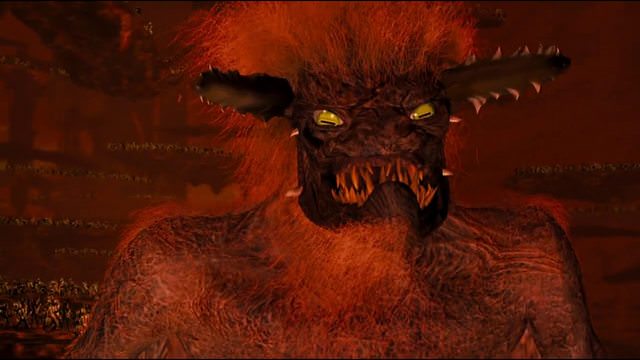
As the oldest entry here, 1997’s Spawn is often buried amongst more prominent superhero faire of the nineties. Frankly speaking, Spawn’s effects are absolutely awful. Indeed, the effects are terrible, especially when it comes to any of the sequences involving the Violator or Spawn’s Cape. The hell sequences are laughable at best, but the movie’s VFX were ultimately another example of a rushed release timeline. Reportedly, a third of the movie’s eventual $45 million budget when into creating the movie’s effects sequences.
ILM did the majority of the work, but nearly two-dozen vendors were eventually hired to complete the project in time for release. Although Spawn often gets a bad wrap for it’s dated visual effects, some of the practical effects actually hold up pretty well – especially with Spawn’s suit and make-up. It’s not enough to save the movie however, especially when the VFX sequences completely kill the illusion altogether. Ultimately, Spawn was a victim of being slightly too ahead of it’s time in terms of achievable, convincing effects. Hopefully the new reboot can learn from the issues of its predecessor.
X-Men Origins: Wolverine (2009)
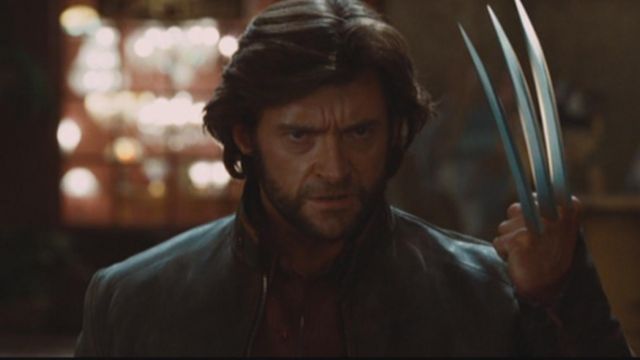
Aside from being another film with Ryan Reynolds on this list that immediately had dated VFX, X-Men Origins: Wolverine is kind of an easy target. Through every fault of their own, 20th Century Fox decided it was a smart idea to roll cameras before there was even a completed script. As a result, production was naturally a mess, with creative discrepancies between director Gavin Hood and the studio executives on set.
Just a month away from release, a now infamous work print of the film with unfinished VFX was leaked online. Even though this debacle certainly hurt the box office returns of X-Men Origins: Wolverine, the work print’s impact was much further reaching. The supremely fake-looking Adamantium claws are what people often point to when discussing the film’s VFX. Indeed – they look terrible, but the real problem is that so many of the effects ultimately feel disconnected from one another, as was hinted at with the leaked version.
Justice League (2017)
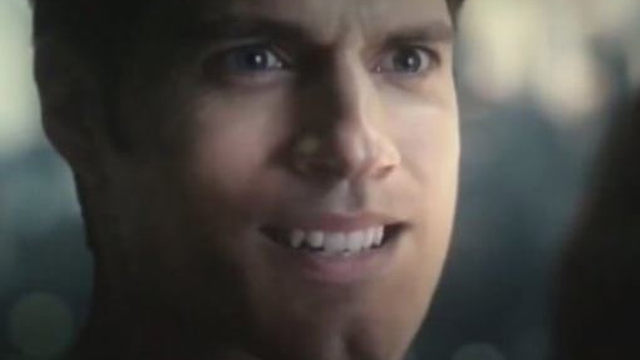
Not even a year old, Justice League is easily the best example of botched VFX in recent history. Opening with one for the ages in terms of bad effects, this scene sets the bar for what’s to come. In many ways, the so-called “mustache-gate” personifies the film’s many issues throughout its production. Aside from the ongoing behind the scenes drama, the poor quality of the VFX in Justice League were simply a victim of a rushed release.
Regardless of whether the “Snyder Cut” (which doesn’t actually exist by the way) would have seen the light of day, the release of Justice League would have always been rushed. This is obviously here say, but word on the street is that studio executives opted not to delay the film in order to “preserve their bonuses.” As a result, the film that we got was an absolute disaster – potentially derailing the DCEU before it could fully take off. The film’s bad VFX aren’t its only problem, but they surely are vindictive of the approach used to finish the film.
